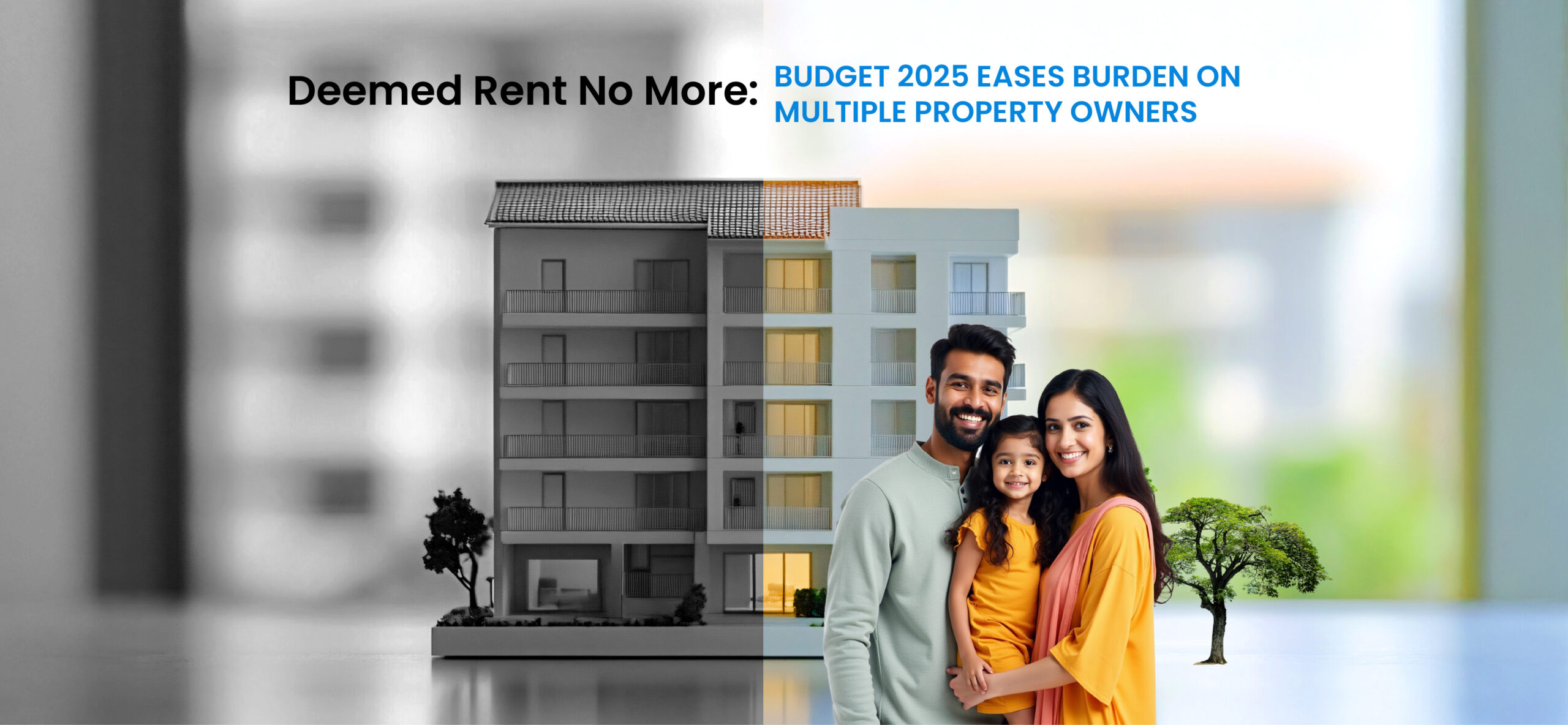Homeownership Doesn’t Have to Be a Distant Dream If you’re dreaming of owning a home but worried about skyrocketing property prices, you’re not alone. Thankfully, India has several government-backed housing schemes aimed at making homeownership more accessible and affordable especially for low- and middle-income families. Among the most well-known are MHADA, PMAY, and CIDCO. But which one is right for you?
This blog breaks it down clearly, so you can choose the best fit for your housing goals.
What Are Government Housing Schemes in India?
The Indian government has launched several housing initiatives over the years to bridge the housing gap, especially in urban and rural low-income segments. These schemes provide benefits like:
- Affordable housing loan subsidy
- Interest subsidy for home loans
- Housing lottery systems
- Infrastructure support in planned townships
Among the key players are Pradhan Mantri Awas Yojana (PMAY), MHADA (Maharashtra Housing and Area Development Authority), and CIDCO (City and Industrial Development Corporation). Each scheme targets a slightly different demographic and operates under distinct guidelines.
Understanding the Three Schemes
-
PMAY (Pradhan Mantri Awas Yojana)
Focus: Nationwide affordable housing for urban and rural poor
Key Features:- Offers interest subsidy on home loans through CLSS (Credit-Linked Subsidy Scheme)
- Targets EWS (Economically Weaker Section), LIG, MIG-I, and MIG-II categories
- Covers both urban and rural housing needs
- Promotes “Housing for All by 2022” initiative
- Subsidy of up to ₹2.67 lakh on interest
- Women ownership or co-ownership encouraged
- Preference for differently abled and senior citizens
-
MHADA (Maharashtra Housing and Area Development Authority)
Focus: State-level affordable housing in Maharashtra
Key Features:- Conducts MHADA housing lottery for allocating homes
- Offers homes in various income segments (EWS, LIG, MIG, HIG)
- Prime locations in Mumbai, Pune, Nashik, and other cities
- Units priced lower than market value
- Transparent application and allotment process
- Ideal for salaried professionals and families looking for affordable homes in cities
-
CIDCO (City and Industrial Development Corporation)
Focus: Urban development in Navi Mumbai and satellite cities
Key Features:- Offers planned township projects
- Targets EWS and LIG segments
- Affordable housing units via lottery-based system
- Strong connectivity and public infrastructure
CIDCO has gained traction for building sustainable urban clusters like Navi Mumbai Airport Influence Notified Area (NAINA).
Side-by-Side Comparison
| Feature | MHADA | PMAY | CIDCO |
|---|---|---|---|
| Target Group | EWS to HIG | EWS, LIG, MIG | EWS, LIG |
| Type | State-run housing | Central subsidy on loans | State-run housing |
| Location Focus | Maharashtra (urban areas) | All India (urban + rural) | Navi Mumbai |
| Home Loan Support | Through MHADA tie-ups | Up to ₹2.67L subsidy | Buyer must arrange |
| Allocation | Lottery system | Not applicable | Lottery system |
| Ownership Restriction | Limited resale | No resale lock-in | Limited resale |
Choosing the Right Scheme for You
Not all affordable housing schemes are one-size-fits-all. Here’s how to decide:
- Choose PMAY if you’re looking for loan subsidy and plan to buy independently or construct a home anywhere in India.
- Choose MHADA if you’re based in Maharashtra and want access to lottery-based apartments in urban areas.
- Choose CIDCO if you are looking for a home in a planned satellite city like Navi Mumbai and want a balance of infrastructure and affordability.
Also consider:
- Your income category (EWS, LIG, MIG, etc.)
- Loan eligibility and property location
- Timeline and possession flexibility
How BeyondWalls Can Help
With so many housing schemes and eligibility rules, the homebuying process can feel overwhelming. That’s where BeyondWalls steps in. As a tech-driven integrated platform for developers and homebuyers, BeyondWalls simplifies the homebuying journey through:
- Curated property listings with government scheme tie-ups
- On-ground experts to guide you through PMAY or MHADA processes
- AI-powered tools that match you with the right home and scheme
- A transparent, step-by-step process from inquiry to possession
With a presence across 40+ cities and a partner network of leading developers, BeyondWalls makes buying your dream home simpler, smarter, and more secure whether you’re applying for a subsidy or participating in a lottery.
Conclusion: Your Home, Backed by the Right Scheme
Each government housing scheme in India PMAY, MHADA, or CIDCO serves a specific purpose. Understanding their differences is key to making the most of these initiatives. Whether it’s a loan subsidy, a lottery-based allotment, or a township home with solid infrastructure, there’s something for everyone.
When you’re ready to make the leap, a little guidance can go a long way. With a platform like BeyondWalls, you’re not just choosing a home; you’re choosing peace of mind.




